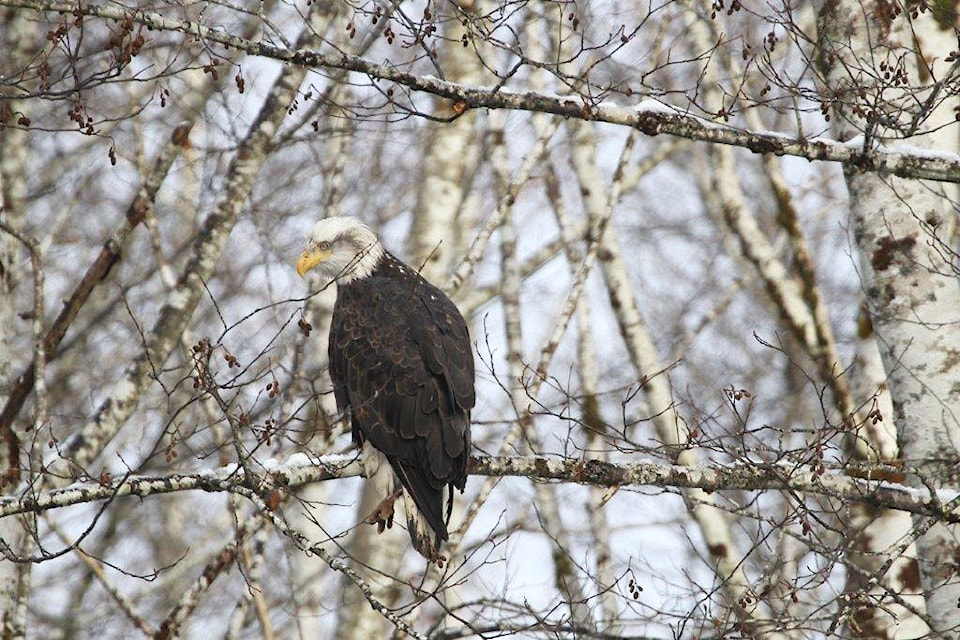By Margo Hearne
Rare birds come and go from Haida Gwaii. It can be a Mecca for competitive birders who want to add to their life list, or their Canadian list, or some other list known only to them. It’s a big deal to have seen more bird species in one year than anyone else, and competition can be fierce. Having lived on island for over 40 years, we have seen many unexpected species, including Grey Heron, Spotted Redshank, and Little Bunting. They were all from Asia and were blown in on the wild weather. The islands are a haven in the stormy sea.
We don’t always have the time or energy to let others know of our rare sightings, partly because life hustles us along, partly because there are many birders who don’t believe we’ve seen something if they haven’t seen it, and partly because it’s none of anyone else’s business anyway.
Once upon a time birders were almost dismissed as “eccentric little old people in tennis shoes” running around after the invisible and unknowable. It took someone like Roger Tory Peterson to wake folks up to the delight and challenge of being able to tell the difference between one bird species and another. His Peterson’s Field Guides were a breakthrough for anyone with even the slightest interest in what was flying around them. He taught many to learn, fairly easily, the “field marks” necessary for identification. He created a new way of seeing. Peterson’s artistry was classic and his bird paintings included small arrows pointing to the differences between species that looked very much alike. For instance, the two species of waxwing look similar, but Peterson drew a little arrow pointing to the rusty under-tail of the Bohemian and the white under-tail of the Cedar. It helped to remove the mystery.
With Peterson’s help, there are now thousands of competitive “birders” out there working to outcompete the other person and millions of casual “birdwatchers” who simply love being out there enjoying the multi-layered pleasures of the wild world. Being able to tell one bird from another can add to that pleasure. Birds also remind us of seasonal changes. A friend from the interior just sent a photo of three robins sitting on a snowy bush and her comment was “Spring!” Yes, it’s not far away.
An injured Bald Eagle spent the night with us, caged of course. It was injured, hungry, and soaking wet — it was too weak to find shelter from last week’s relentless rain. Its head and wings drooped sadly and we didn’t hold out much hope. We put it near the woodstove to dry out and within an hour or so it was boldly upright and looking mighty perky. It was shipped out next day to a wildlife rehab centre. We await results.
We’ve noticed before how non-human creatures take up a lot of space in a home, no matter how small they are. Their size is no match for their output of energy. Bats, doves, and ducks all exude such a life force that it takes days to get used to their absence. The eagle has left, but its spirit remains. It’s strange how that happens.
